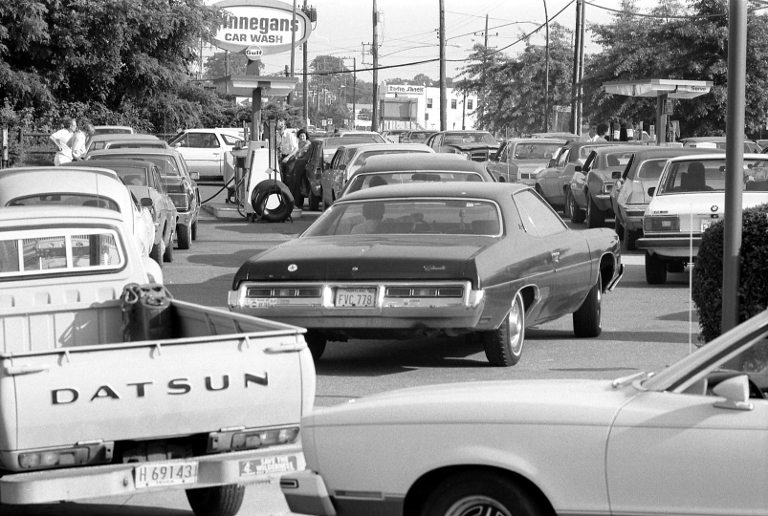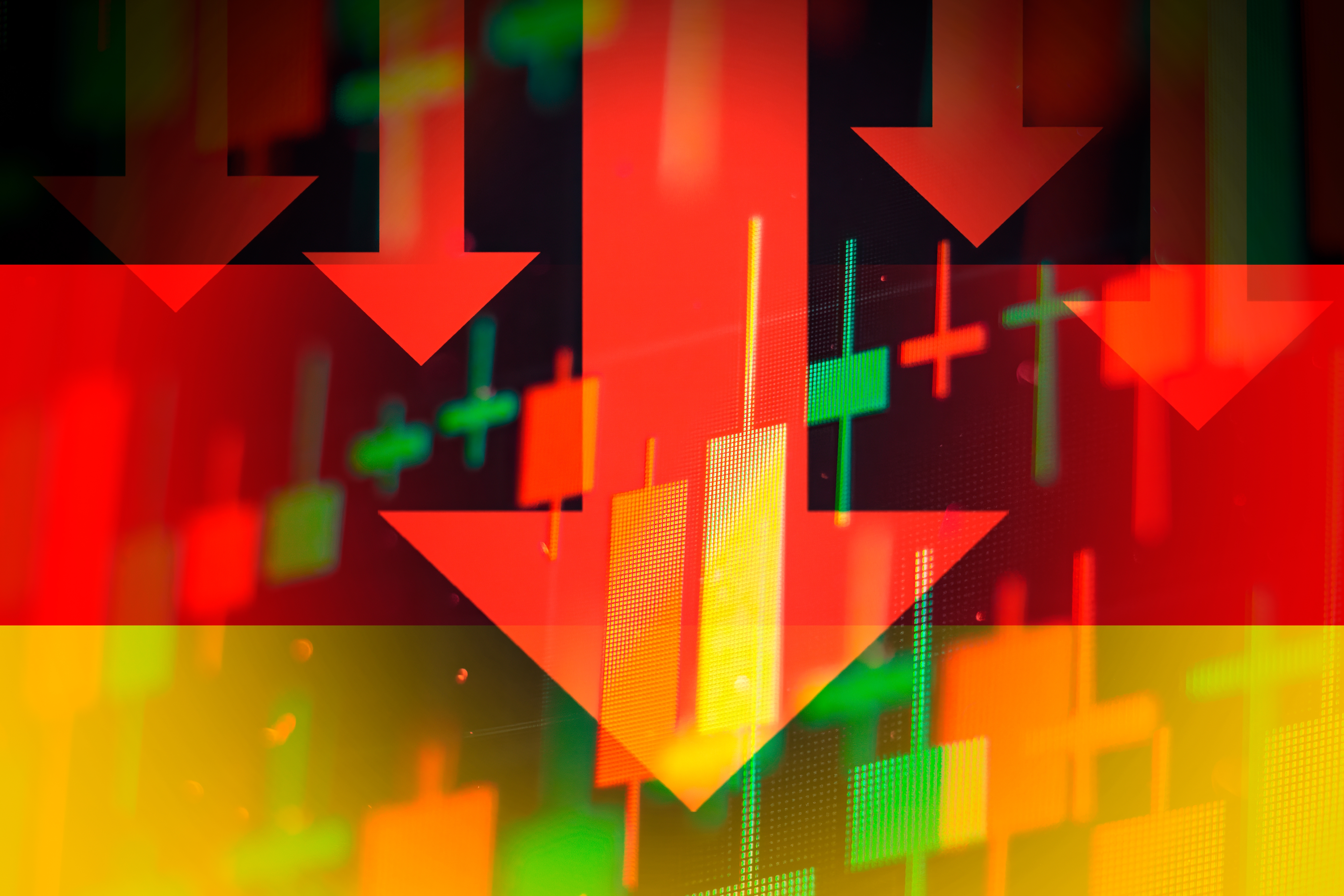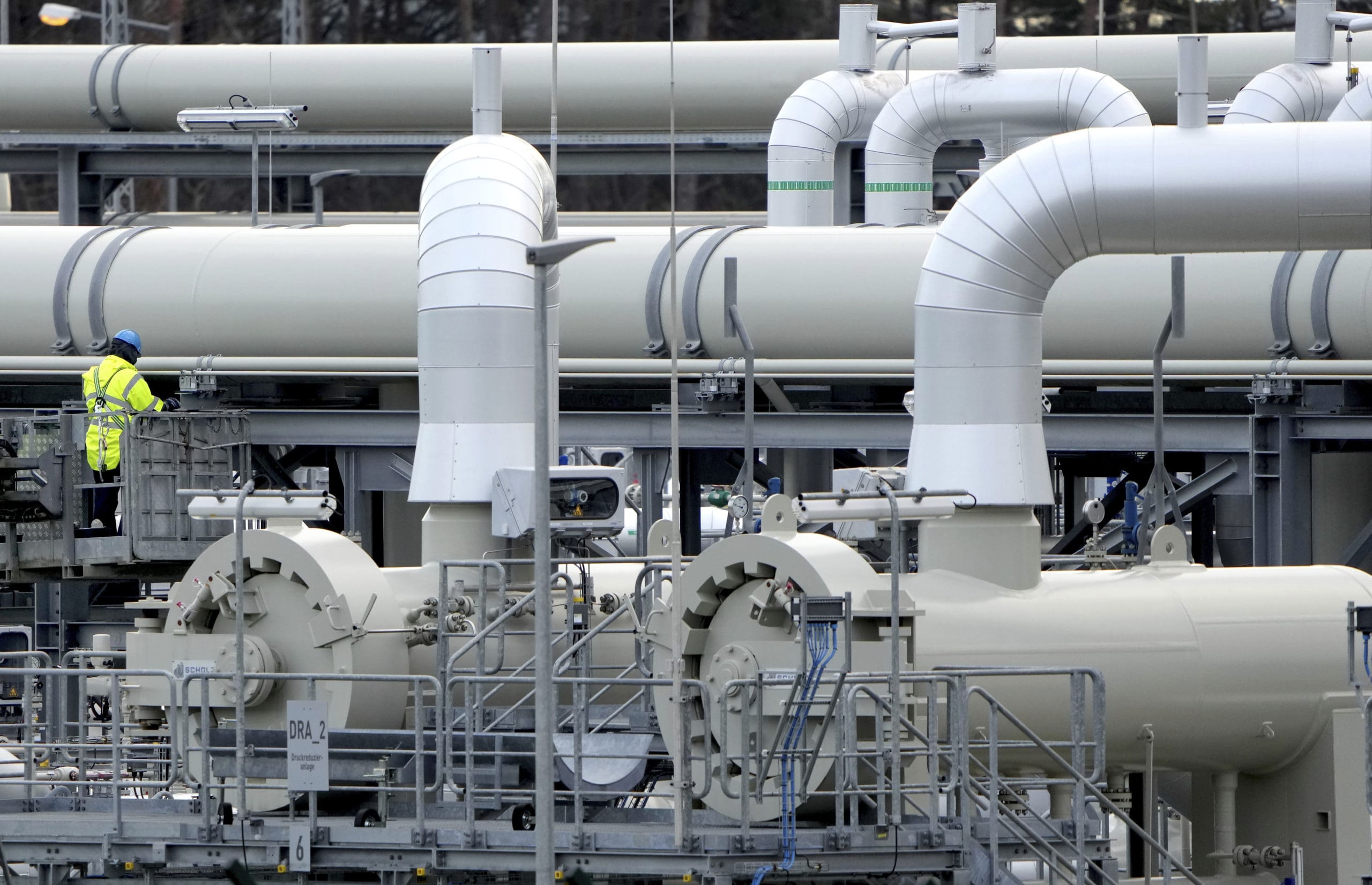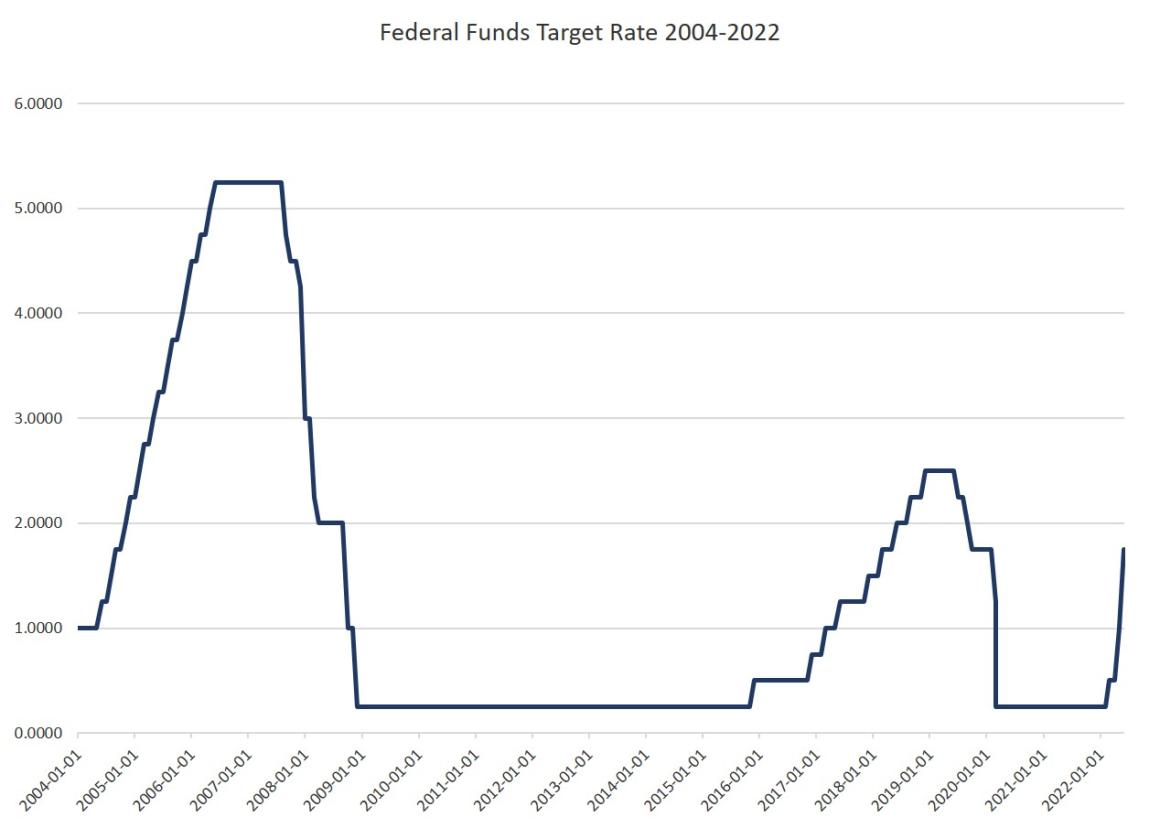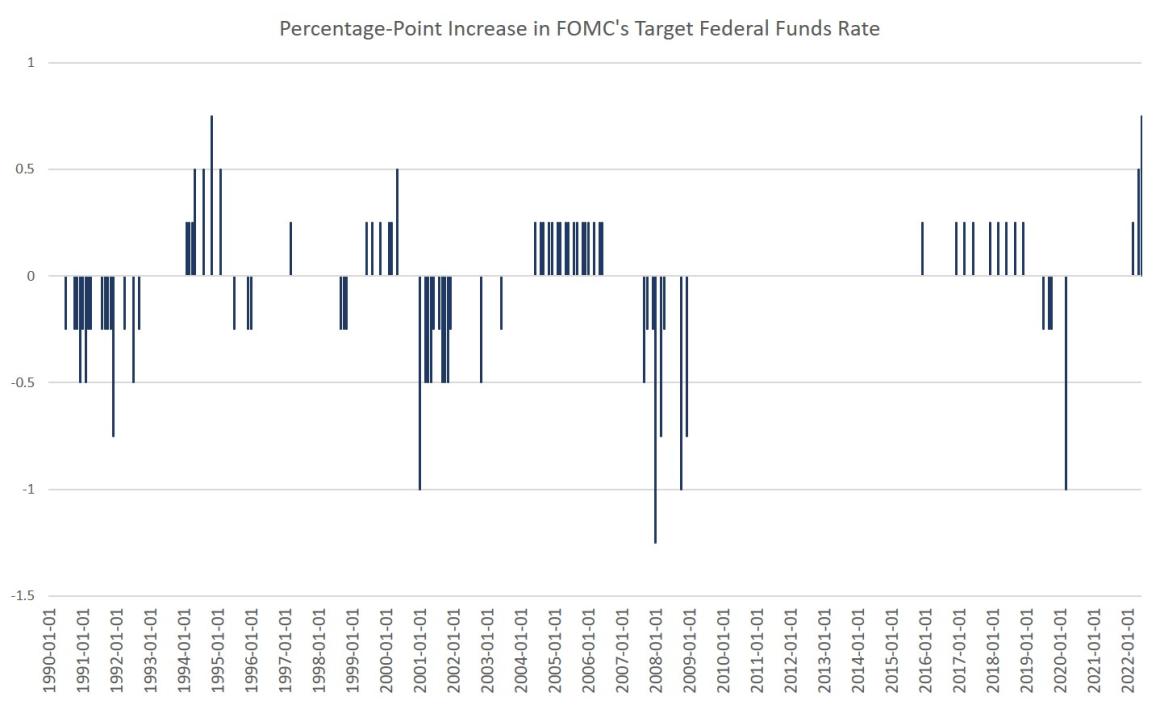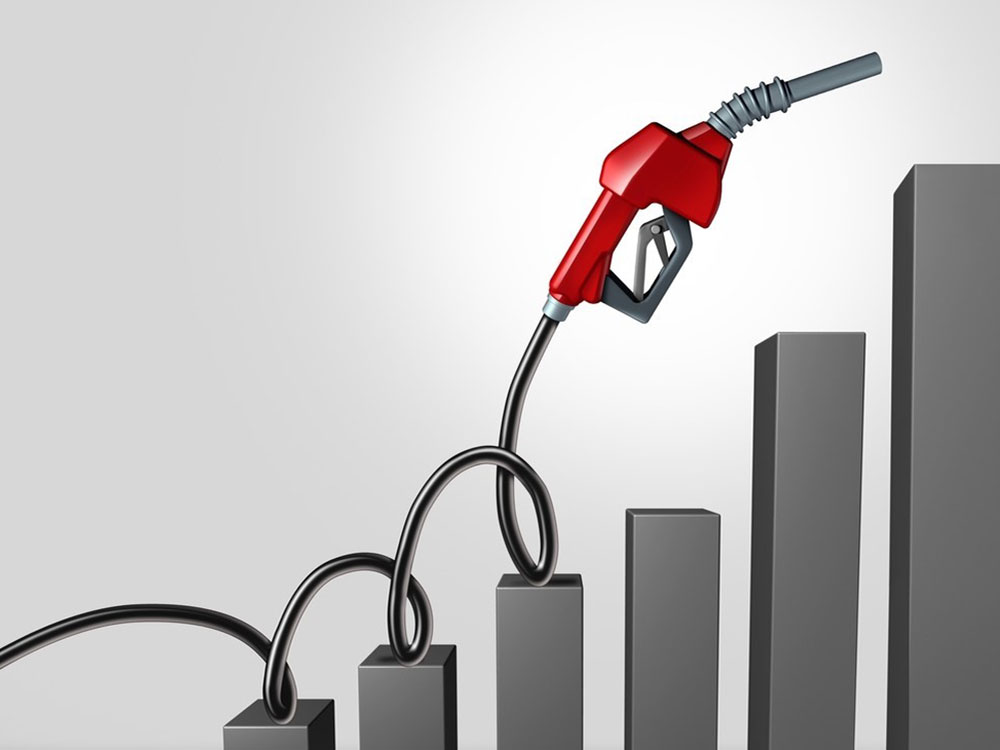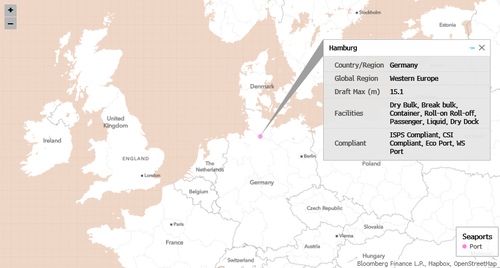Quick Takeaway: Some Similarities, Big Differences
Many commentators have based “1970s redux” analyses primarily on what was then called “stagflation”—inflation in the context of a stagnant economy. After World War II, the US economic growth rate achieved sustained, unprecedented highs. But then, in the 1970s, growth stalled. That’s partly because energy production also stalled (energy is, after all, the irreducible basis of all economic activity). US oil extraction rates started a long decline, the economic effects of which were greatly amplified by the Arab embargo of 1972 and the 1979 Iranian revolution, which sent oil prices soaring. Inflation surged. Averaged economic growth rates fell by half for the decades after 1980 compared to the two decades before, and interest rates topped out at nearly 17 percent in 1981.
But much is different now. Today’s global energy crisis is actually much worse, affecting not just oil but gas and electricity as well. As in the ’70s, high fuel prices are due both to resource depletion (then, declining US oil production; today, declining global production of conventional oil) and to geopolitical events (then, events in the Middle East; now, the Russia-Ukraine war). The ’70s energy crisis was eventually defused by increased petroleum production in places like the North Sea, Alaska, Mexico, and China….
…click on the above link to read the rest of the article…


